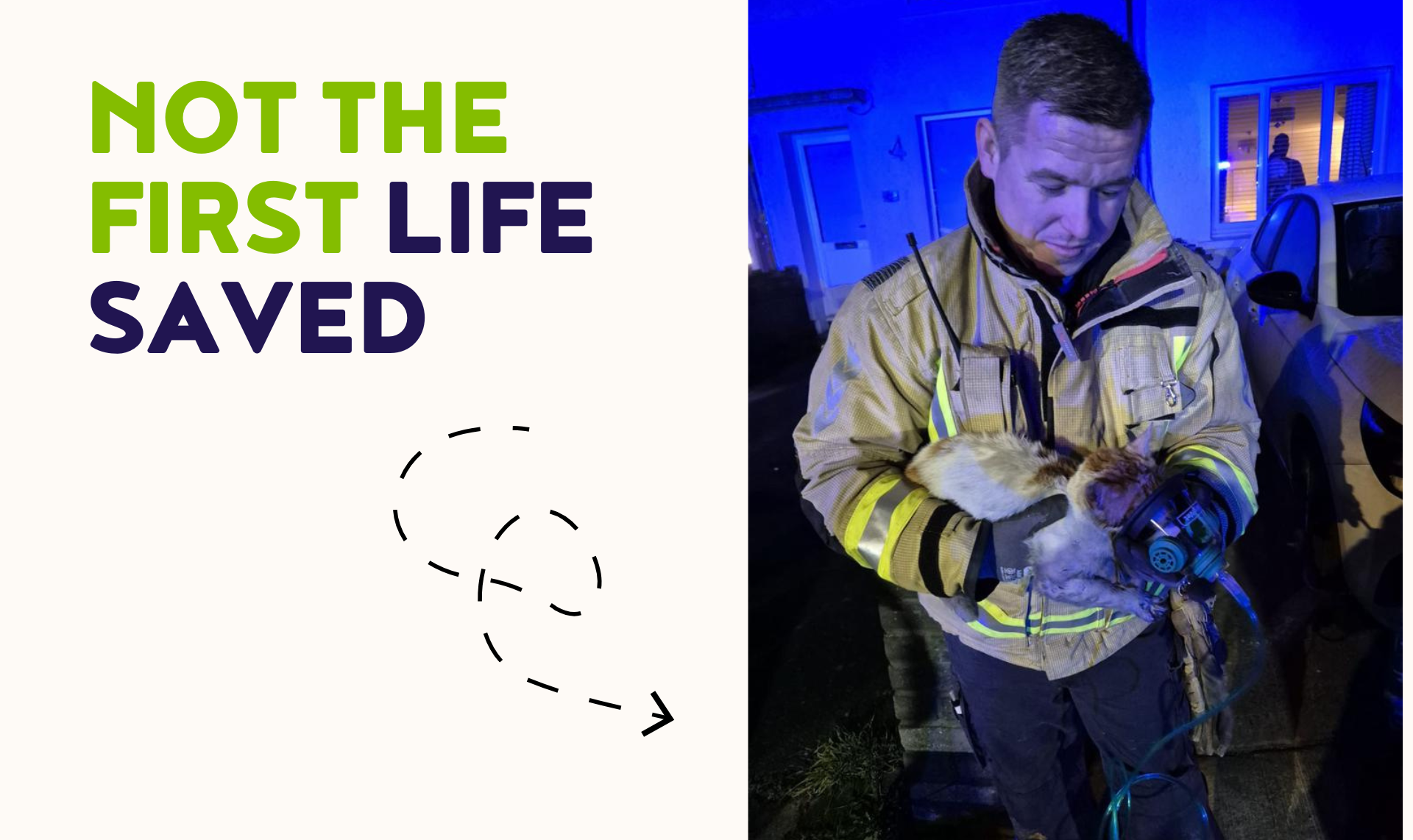Whether the weather is good or not, those of us with gardens are always keen to let our dogs out to enjoy the fresh air. But, did you know that there are environmental dangers in your garden that can harm your dog? Well, after reading this you will!
5: Lawn Feeds, Plant Foods and Moss Killers
It might seem like we’re being overprotective here but it can be very easy to forget these things, especially when you’ve applied them a few days ago. Any leftover feeds should be kept locked in a shed or out of sight from your pet. You can always trust a dog to sniff out the thing that’s not good for them… and eat it!
4: Mushrooms and Other Fungi
While some mushrooms are edible, others are highly toxic and it’s difficult to tell which is which. Symptoms of eating poisonous fungi can vary dramatically but may include sickness, hallucinations and even kidney or liver failure. Patrol your garden carefully, especially the shaded areas where light struggles to reach; these will be the best places for mushrooms and other fungi to grow and flourish.

3: A Stray Ball… Or a Stray Cat
Even after rigorously checking your garden for hidden dangers, it might not be the best time to go patting yourself on the back. A stray ball kicked by your next-door neighbour’s young-fella’ might seem like a fun toy when in reality it makes for a lethal choking hazard. The same can be said for a Ragamuffin if she happens to find herself stuck in your garden. Isolate your pet from the hazard and quickly remove or shoo it away, then you can crack open the Fanta and enjoy what little Sun we get.
2: Daffodil, Lily and Spring Crocus Bulbs
Several popular garden plants are poisonous to dogs and, funnily, it’s the bulbs that pose the biggest risk. For example; daffodil, lily and spring crocus bulbs are all highly toxic and symptoms of plant or bulb poisoning can include vomiting, an upset stomach and coughing. If you do wish to plant some of these lovely bláthanna, cordon off the area with a makeshift fence and bury the bulbs deep.
1: Compost
Which brings us nicely to Compost. Compost is usually full of moldy food and garden waste. Some of this waste can produce mycotoxins which are highly dangerous to dogs. Mycotoxicosis, which is poisoning by-products contaminated by fungi, can be fatal. You should always keep compost out of reach and seek urgent veterinary advice if you suspect that your dog has raided the compost bin. Again, if you’re using compost as a planting base you may need to cordon off the area with a fence that your pet cannot bypass.
With the above now in your repertoire of gardening tricks, you’ll be able to know what to look out for and what to protect your furry friend from! Vigilance is key but, with owning a dog, you knew that anyway…
Before we wrap up, if you do find yourself in the middle of an emergency you really shouldn’t be reading this! Click here for our emergency contact list. Otherwise, call 01 8213189 for our Meath and North Dublin clinic, or 01 2987510 for our South Dublin clinic.




